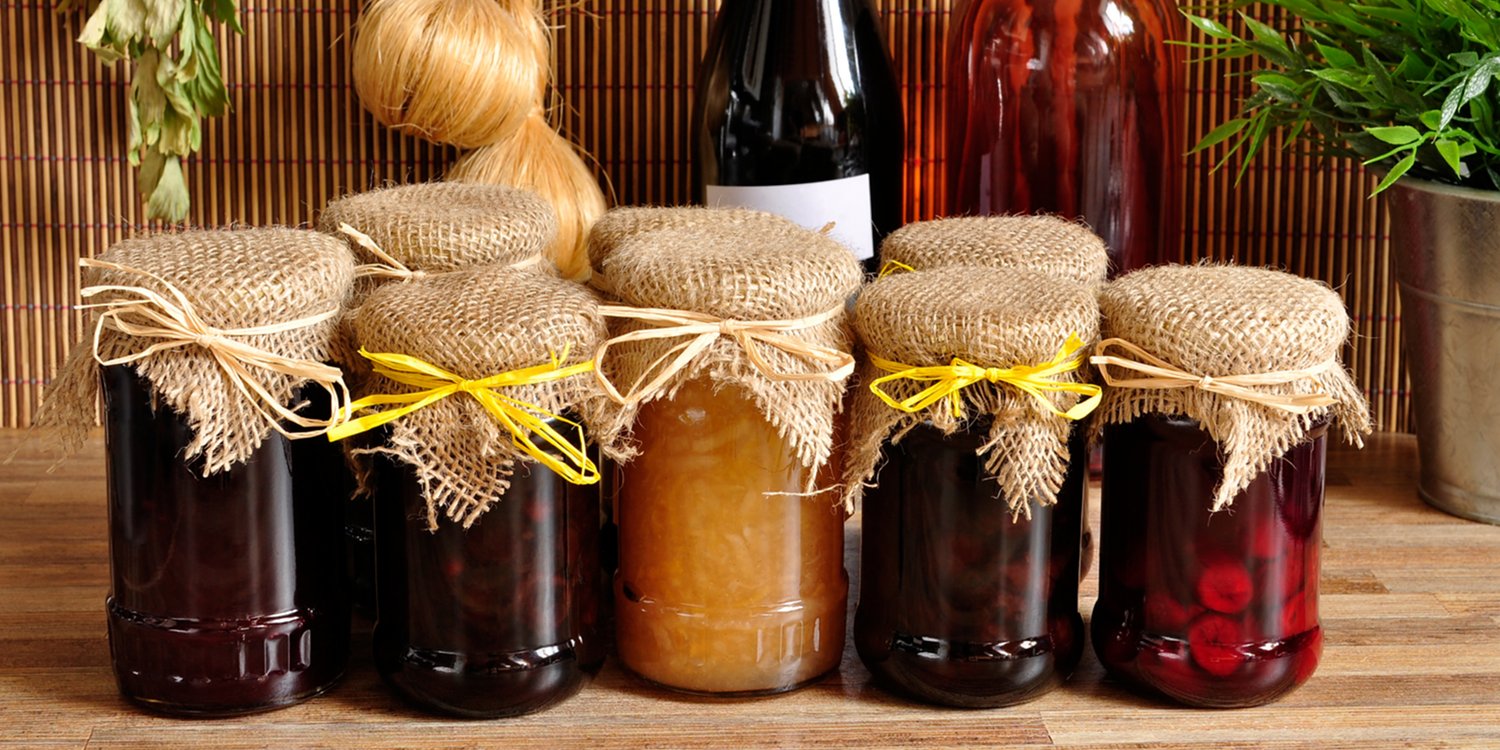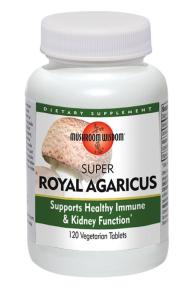Choosing Your Canning Jars
You cannot use or reuse ordinary glass jam jars for heat processing because they don’t have thick enough glass to withstand the heat.
The best jars to buy for waterbathing are Kilner or Le Parfait jars, which come with rubber seals and clips to allow the steam to escape.
Alternatively, you can buy Ball or Mason glass jars with two-part lids, which consist of a flat disk held in place by a screw band; these are ideal because the disk part forms a vacuum when it is secured correctly, meaning you can check the seal before you tighten the screw band.
Check that rubber seals are not damaged in any way before using. New metal disks for Mason jars should be used each time.
All jars should be examined before use to make sure there are no chips or cracks in the glass. Also ensure that the new lids are not damaged in any way.
Sterilizing Your Canning Jars
Make sure you use specialty jars for waterbathing, and make sure the lids and seals are in perfect condition.* Clean the jars and lids in hot soapy water. Rinse thoroughly or put them through a dishwasher cycle. Heat the rubber seals, jars, and lids in simmering water to 180° or just above; do not allow the lids to boil or the rubber or plastic will perish. Alternatively, put the jars in the oven at 185°. Store the jars in the water, dishwasher (with the door closed), or oven until you are ready to fill them, as they should be hot for processing.
Hot-Packing Your Canning Jars
- Fill hot, sterilized jars with fruit mixture, allowing 1/4-inch headroom. Don’t overfill the jars or the contents will bubble up inside the jar and overflow, ruining the seal.
- Remove any air bubbles trapped inside the jars by poking inside them with a sterilized plastic chopstick or narrow spatula. Clean the rim of the jars with water or a little vinegar on clean paper towels to ensure a good seal.
- Put on the lids. Note that screw bands should not be fully tightened at this stage. Wipe off any splashes around the lid with paper towels.
Water Bath Canning Method
Preparing the Water Bath for Canning
- Place the filled jars upright on a wire or wooden rack fitted inside a large, deep, heavy-bottomed saucepan such as a stockpot. If you don’t have a rack, simply cut out a circle of unwaxed cardboard and place it in the bottom of the pan or sit the jars on a folded towel. Be sure the pot has a tight-fitting lid and is deep enough to accommodate the jars. Wind a towel around the jars to stop them from clattering about; this isn’t necessary if you have a specialty rack designed to keep the jars apart. For best results, they should be at least 1/2-inch apart to allow the water to circulate around the jars.
- Fill the pan with warm water (100°), so that it covers the tops of the jars by at least 2 inches. Put the lid on the pan and place it over a low to medium heat. Bring slowly to 190°. Depending on the size of your pan, the water should take approximately 30 minutes to heat. Increase the heat and bring the water to a rolling boil (212°) before setting your timer.
Water Bath Canning Processing
- Process for the time allocated in the recipe. The water should be visibly boiling throughout the whole process, although you might have to reduce the heat to stop it from spurting over your oven.
- After processing, switch off the heat and allow the jars to stand for 5 minutes before attempting to remove them. Remove the jars one at a time from the boiling water using metal tongs or heatproof rubber gloves, keeping the jars upright at all times.
Water Bath Canning Sealing Process
Leave to stand upright on a heatproof surface and test the seals after 24 hours.
You can’t check the seals with Kilner or Le Parfait jars. For Mason-style lids, remove the screw bands and try to lift the lids—they should feel stuck to the jars. If this is the case, the jars are suitable for long-term storage and should last up to a year if stored in a cool, dark place preferably between 50° and 68°. If you can lift the lids off the jars at this stage, they haven’t sealed completely and won’t be suitable for long-term storage; transfer them to the fridge and eat within a couple of days.



